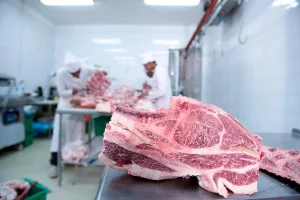Traditional soaps are made by combining fats or oils with an alkali, such as lye. Most body cleansers, however, are actually synthetic detergent products, the U.S. Food and Drug Administration says.
There are very few pure soaps on the market today, the agency says.
The product’s ingredients and marketing determine how it’s regulated, the FDA says. It offers these details:
- To be regulated as “soap,” the product must be composed mainly of the “alkali salts of fatty acids,” that is, the material you get when you combine fats or oils with an alkali, such as lye.
- Also, to be recognized as a “soap,” those “alkali salts of fatty acids” must be the only cleansing ingredient. If the product contains a synthetic detergent, it’s recognized as a cosmetic, not a soap.
- To be regulated as a “soap,” the product also must be labeled and marketed only for use as soap. If it is intended, for example, to moisturize the skin, make the user smell nice or deodorize the user’s body, it’s a cosmetic.
- If the product is intended to kill germs, or treat skin conditions such as acne or eczema, it’s recognized as a drug, the FDA says.
Source: HealthDay
Copyright © 2025 HealthDay. All rights reserved.

















